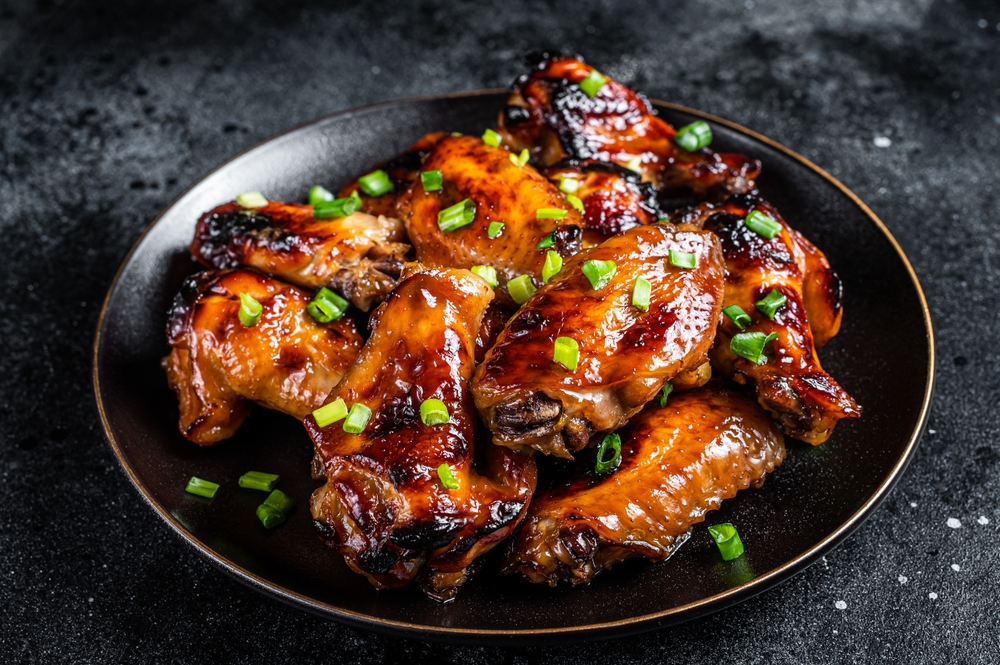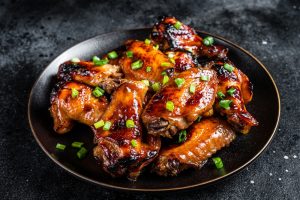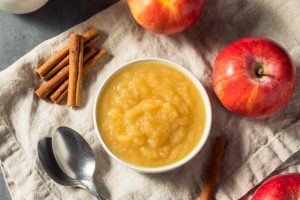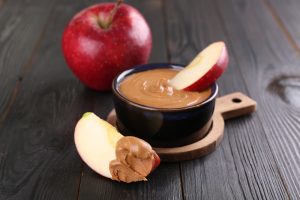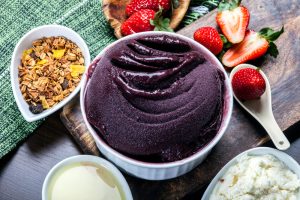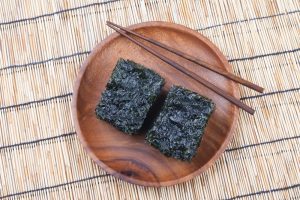Yes, baked chicken is excellent for weight loss because it delivers 31 grams of muscle-preserving protein with only 165 calories per 100-gram serving, keeping you full while supporting your metabolism.
You'll discover exactly how to maximize these benefits, avoid common mistakes, and create sustainable meal plans that actually work for long-term weight loss success.
The Science Behind Baked Chicken's Weight Loss Benefits
The numbers tell a compelling story. A 100-gram serving of baked chicken breast delivers 31 grams of protein with just 165 calories and 3.6 grams of fat. This translates to an impressive calorie composition where 80% comes from protein and only 20% from fat—a ratio that makes nutritionists take notice.
Protein's Powerful Satiety Effect
When you eat protein, your body responds differently than it does to carbohydrates or fat. Research consistently demonstrates that protein increases fullness to a greater extent, leading to reduced energy consumption when people eat freely. This isn't just theoretical—it's measurable.
Chicken generates satiety responses similar to beef and pork, meaning you'll feel satisfied longer after eating it. This hunger control mechanism works because protein triggers specific hormonal responses that signal fullness to your brain more effectively than other macronutrients.
Metabolic Advantages You Can't Ignore
Higher-protein diets create what researchers call increased thermogenesis—your body literally burns more energy processing protein than it does processing carbs or fat. This metabolic boost happens automatically every time you eat, turning your digestive system into a calorie-burning engine.
The muscle preservation factor adds another layer of benefit. During weight loss, your body naturally wants to break down both fat and muscle tissue. Adequate protein intake, particularly from complete sources like chicken, supports the maintenance and growth of lean body mass. This matters because muscle tissue burns calories even at rest, keeping your metabolism elevated.
What makes this practical: You're not just losing weight when you include baked chicken in your diet—you're losing the right kind of weight while maintaining the metabolically active tissue that keeps burning calories long after your meal ends.
Why Baking Outperforms Other Cooking Methods
The calorie gap between cooking methods reveals why your preparation choice matters as much as your protein selection. When you compare identical 3-ounce servings, baked chicken contains 151 calories while grilled reaches 165 calories and fried jumps to 195 calories. That 44-calorie difference between baked and fried might seem small, but it compounds quickly—over a week of daily chicken consumption, you're looking at an extra 308 calories from choosing fried over baked.
Fat Content: Where the Real Difference Lives
The fat numbers tell an even more dramatic story:
- Baked chicken: 3.1 grams of fat per serving
- Fried chicken: 11 grams of fat per serving
- The math: Fried chicken contains more than three times the fat content
This difference stems from cooking method requirements. Frying demands significant oil for proper cooking, while baking needs virtually no added fat. When you bake chicken, you're getting the natural fat content of the meat without external additions that pile on calories.
Protein Preservation Without Compromise
Baking maintains 30.5 grams of protein per serving without nutrient degradation. The controlled, even heat of an oven cooks chicken thoroughly while preserving the complete amino acid profile that makes it so effective for weight loss. Unlike high-heat methods that can create hot spots or uneven cooking, baking provides consistent temperature distribution.
The simplicity factor compounds these benefits. You don't need oils, butter, or other high-calorie cooking fats. Season your chicken, place it in the oven, and let consistent heat do the work. This controlled environment prevents the overcooking that can make protein tough and less digestible while eliminating the guesswork that comes with grilling or pan-frying.
The result is a cooking method that maximizes the weight loss benefits of chicken while minimizing the caloric additions that sabotage your goals.
Optimal Serving Sizes and Daily Portions
The USDA sets clear guidelines: adults should consume 5½ to 6 ounces of lean cooked poultry daily. This translates into practical meal planning as either two 3.5-ounce servings spread throughout your day or one substantial 6-ounce portion at your main meal.
Visual Portion Control That Actually Works
Think deck of cards for weight loss-focused portions. This visual reference gives you an immediate way to gauge appropriate serving sizes without scales or measuring tools. A standard deck of cards represents roughly 3-4 ounces of cooked chicken—the sweet spot for individual meals when weight loss is your primary goal.
This visual guide becomes particularly valuable because even healthy foods can derail weight loss efforts when portions spiral out of control. Chicken's high satiety factor can make it tempting to eat larger servings, thinking more protein equals faster results.
How Chicken Fits Your Daily Protein Targets
Most adults need 0.8 to 1.2 grams of protein per kilogram of body weight daily, with higher needs during active weight loss. A single 6-ounce serving of baked chicken provides approximately 50-55 grams of protein, potentially covering 60-70% of your daily protein requirements depending on your body size and activity level.
Strategic distribution matters more than total quantity. Splitting your daily chicken allowance into two meals—lunch and dinner, for instance—helps maintain steady protein synthesis throughout the day while maximizing the satiety benefits that keep hunger at bay between meals.
Adjusting Portions for Your Weight Loss Goals
Your individual calorie targets should drive final portion decisions. Someone following a 1,200-calorie weight loss plan might optimize around 4-5 ounces of chicken daily, while someone on a 1,800-calorie approach can comfortably accommodate the full 6-ounce USDA recommendation.
The key principle: let your overall calorie budget determine chicken portions, not hunger or habit. Even this exceptionally healthy protein source contributes meaningful calories that must fit within your daily targets for consistent weight loss progress.
Master the Perfect Preparation Techniques
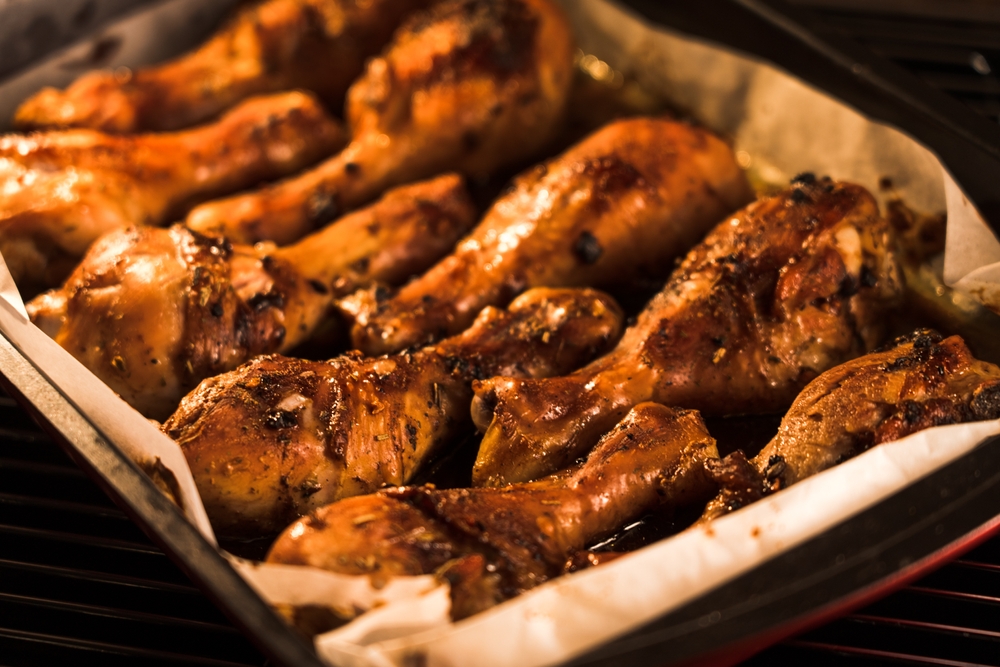
Perfect baked chicken starts with precise temperature control: 400°F for 25-30 minutes. This combination delivers thorough cooking without the excessive heat that dries out protein and creates tough, unappetizing results. Your internal temperature target is non-negotiable—165°F ensures food safety while preserving the tender texture that makes chicken enjoyable to eat consistently.
Seasoning Without Sabotage
Herbs and spices become your flavor arsenal when weight loss is the goal. Garlic powder, paprika, rosemary, thyme, oregano, and black pepper add complexity without contributing calories. These seasonings penetrate the meat during cooking, creating satisfying flavors that eliminate any temptation to reach for high-calorie sauces or dressings after cooking.
Create spice blends in advance—Mediterranean combinations with oregano and basil, or warming spice mixes with cumin and chili powder. Pre-mixed seasonings streamline your cooking process while ensuring consistent flavor profiles that prevent meal fatigue.
Moisture Retention Without Added Fats
The key to juicy baked chicken lies in technique, not added oils. Pat chicken completely dry before seasoning, then let seasoned meat rest at room temperature for 15-20 minutes before baking. This resting period allows seasonings to penetrate while bringing the protein closer to cooking temperature, promoting even heat distribution.
Strategic placement matters: position chicken pieces on a wire rack set inside your baking sheet. This elevation allows air circulation around the entire piece while preventing the bottom from steaming in its own juices. The result is evenly cooked chicken with better texture and no need for oil-based cooking sprays.
Batch Cooking for Consistent Results
Prepare 3-4 days worth of chicken at once using identical time and temperature parameters. This approach ensures consistent nutrition tracking while reducing daily cooking decisions that can derail weight loss momentum. Cook multiple breasts simultaneously, then portion them immediately into meal-sized containers.
Texture preservation during storage: slice chicken only when ready to eat, not during initial prep. Whole cooked breasts retain moisture better than pre-sliced portions, maintaining the satisfying texture that keeps you satisfied with appropriate portion sizes throughout your weight loss journey.
Smart Meal Planning and Food Combinations
Chicken breast contains zero grams of fiber, creating a nutritional gap that smart meal planning must address. This limitation transforms into an opportunity when you pair chicken with fiber-rich companions that enhance both satiety and overall nutritional value while supporting digestive health during weight loss.
The Balanced Plate Formula
Your plate becomes a strategic tool: dedicate half to non-starchy vegetables, one quarter to your chicken portion, and one quarter to complex carbohydrates. This distribution maximizes the volume of food you can eat while maintaining calorie control, leveraging the low calorie density of vegetables to create satisfying meal portions.
Grilled vegetables excel as chicken companions because they add fiber, vitamins, and minerals without competing for seasoning space. Roasted broccoli, zucchini, bell peppers, and asparagus complement chicken's mild flavor while providing the bulk that makes meals feel substantial rather than restrictive.
Fresh salads function as both base and side. Build salads with mixed greens, cucumber, tomatoes, and other raw vegetables, then top with sliced baked chicken for complete meals that deliver high nutrition density with relatively few calories.
Strategic Carbohydrate Integration
Complex carbohydrates provide sustained energy that prevents the energy crashes that trigger poor food choices. Quinoa offers complete protein alongside fiber, making it particularly valuable when paired with chicken. Brown rice provides familiar comfort food satisfaction while delivering more nutrients than refined alternatives.
Legumes like black beans, chickpeas, and lentils serve dual purposes—they add fiber and contribute additional plant-based protein that complements chicken's amino acid profile. This combination creates nutritionally complete meals that support muscle maintenance during weight loss.
Timing for Maximum Satiety
Distribute chicken throughout your day rather than concentrating it in one large meal. Morning protein helps control appetite all day, while evening chicken supports overnight muscle recovery. Consider chicken in salads for lunch and as the centerpiece of vegetable-heavy dinners.
Preventing Diet Fatigue Through Variety
Rotate your chicken through different cuisines and preparation styles using the same base cooking method. Mediterranean chicken with oregano and lemon pairs with different vegetables than Mexican-spiced chicken with cumin and chili powder. This approach maintains the nutritional consistency you need for weight loss while providing the flavor variety that prevents meal boredom.
Common Pitfalls and How to Avoid Them
Even the most nutritionally sound foods can derail weight loss efforts when approached incorrectly. Baked chicken's impressive protein profile and low calorie density make it an excellent weight loss tool, but several common mistakes can transform this advantage into a roadblock.
The Fiber Gap That Sabotages Digestion
Chicken contains zero grams of fiber per 100-gram serving, creating a significant nutritional void that impacts both digestive health and satiety. Without adequate fiber intake, you'll experience less sustained fullness despite chicken's high protein content, potentially leading to increased snacking between meals.
Pairing chicken with fiber-rich foods isn't optional—it's essential for digestive function and optimal weight loss results. Vegetables, whole grains, and legumes don't just complement chicken nutritionally; they provide the bulk and fiber that make meals satisfying while supporting healthy gut bacteria that influence metabolism.
Why Chicken-Only Diets Backfire
Extreme approaches that center entirely around chicken eliminate several important food groups, creating nutrient deficiencies that can trigger intense cravings and metabolic slowdown. These restrictive patterns often lead to binge episodes when willpower inevitably breaks down, undoing weeks of progress in days.
Your body requires vitamins, minerals, and phytonutrients found in fruits and vegetables that chicken simply cannot provide. Missing these compounds doesn't just affect energy levels—it can compromise immune function and muscle recovery, making weight loss harder to maintain.
When Healthy Foods Become Unhealthy
Portion control matters regardless of food quality. Even baked chicken can sabotage weight loss goals when serving sizes exceed your calorie targets. A 12-ounce chicken breast contains roughly 500 calories—potentially one-third of your daily intake if you're following aggressive weight loss protocols.
The protein overconsumption trap catches many people off guard. When your body cannot utilize excess protein for muscle building or repair, it converts surplus amino acids into glucose and potentially stores them as fat. This process becomes more likely when protein intake far exceeds your body's capacity to use it effectively.
Sustainability Beats Perfection
Diet fatigue from repetitive meals creates the psychological conditions for abandoning weight loss efforts entirely. Relying heavily on chicken without incorporating variety makes long-term adherence nearly impossible, regardless of short-term results.
The solution requires integrating fruits, vegetables, whole grains, and legumes alongside your chicken portions. This balanced approach provides the nutritional completeness your body needs while offering enough variety to prevent the meal monotony that derails sustainable weight loss.
Successful weight loss depends on creating eating patterns you can maintain for months, not restrictions you can tolerate for weeks.
Conclusion
Baked chicken delivers unmatched weight loss benefits through its high protein content, superior satiety, and minimal calorie load when prepared correctly.
However, sustainable success requires pairing it with fiber-rich vegetables, whole grains, and legumes while maintaining appropriate portion sizes that fit your calorie goals.
When integrated thoughtfully into a balanced eating plan rather than used as a diet crutch, baked chicken becomes a powerful tool for achieving and maintaining your target weight.

